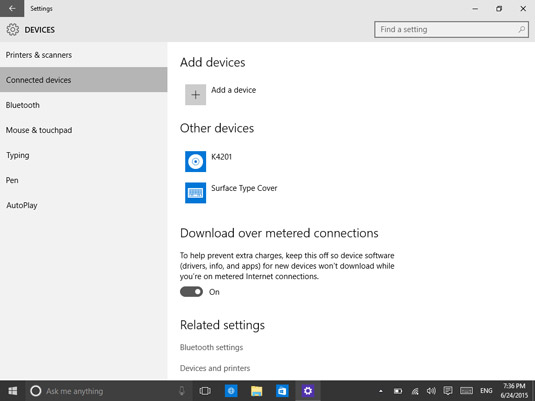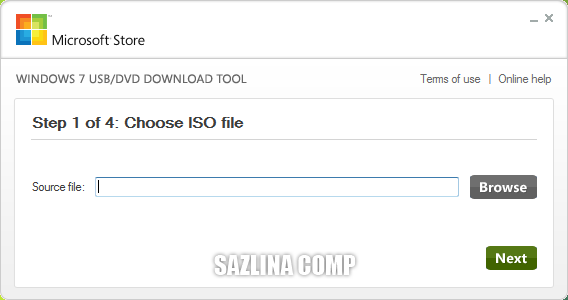
If you don't have a new USB drive, you can format the available drive with FAT32/NTFS/Re File System. You need to have a new or formatted USB drive to create a bootable media install Windows 10 from USB. Step 1 - Format USB drive and set the primary partition as ACTIVE Destination PC – PC on which you'll install Windows 10 OS.Source A: Working Windows PC to format the USB flash drive.A new or formatted USB flash drive of size minimum 5GB.

Let's get started with all you need to have: What you need: There are a few steps you need to follow to install Windows 10 from USB drive. You can easily make a USB drive bootable, and install Windows 10 without any hassle. Even if your system does not have a CD/DVD drive, it will still have a USB port. It is compatible with every PC and laptop. Why Create a Windows Installation Media with USB?

Hence, a lot of users ask for a way to install Windows 10 from USB. A USB, however, is compatible with every PC and laptop, and you can easily turn it into a bootable installation drive. However, most modern computers or laptops no longer have CD/DVD drives.

Windows 10 provides a facility to create bootable installation media using a USB flash drive, DVD, or ISO file. Split the Windows image file into smaller files, and put the smaller files onto the USB drive: Dism /Split-Image /ImageFile:D:\sources\install.wim /SWMFile:E:\sources\install.Whether you want to install a clean copy of Windows 10 on a new PC or need to reinstall Windows 10 to repair system errors, you would need a bootable USB installation drive. If your image is larger than the filesize limit:Ĭopy everything except the Windows image file (sources\install.wim) to the USB drive (either drag and drop, or use this command, where D: is the mounted ISO and E: is the USB flash drive.) robocopy D: E: /s /max:3800000000 Windows USB install drives are formatted as FAT32, which has a 4GB filesize limit. Follow the instructions to install Windows. Select the option that boots the PC from the USB flash drive. Turn on the PC and press the key that opens the boot-device selection menu for the computer, such as the Esc/F10/F12 keys.

For more information, see Automate Windows Setup. Optional: add an unattend file to automate the installation process. Use File Explorer to copy and paste the entire contents of the Windows product DVD or ISO to the USB flash drive. Step 2 - Copy Windows Setup to the USB flash drive If Mark Partition as Active isn't available, you can instead use diskpart to select the partition and mark it active.


 0 kommentar(er)
0 kommentar(er)
